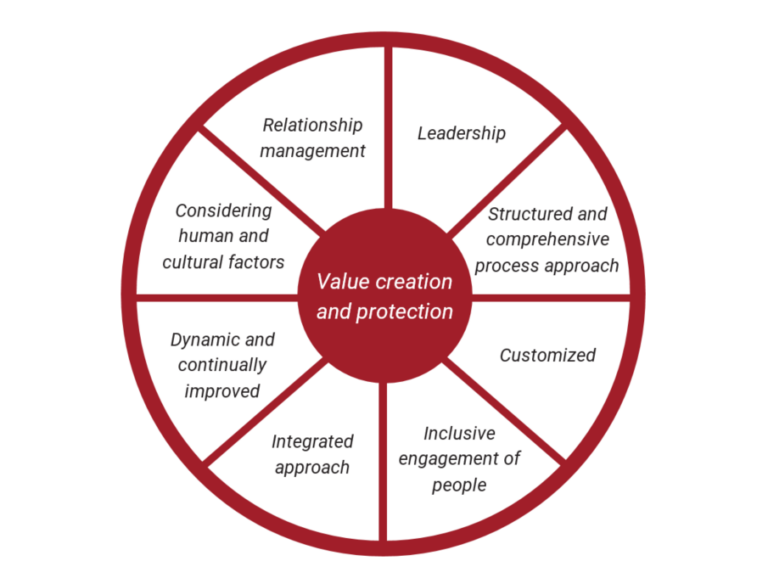If you are considering attaining Cyber Essentials or Cyber Essentials Plus accreditation and want a pre-assessment evaluation to identify any areas where you might fail, then AEC can conduct a Readiness Assessment complete with a report advising on any areas where you need to make improvements, or changes, to pass the Cyber Essentials or Cyber Essentials Plus certification/audit.





